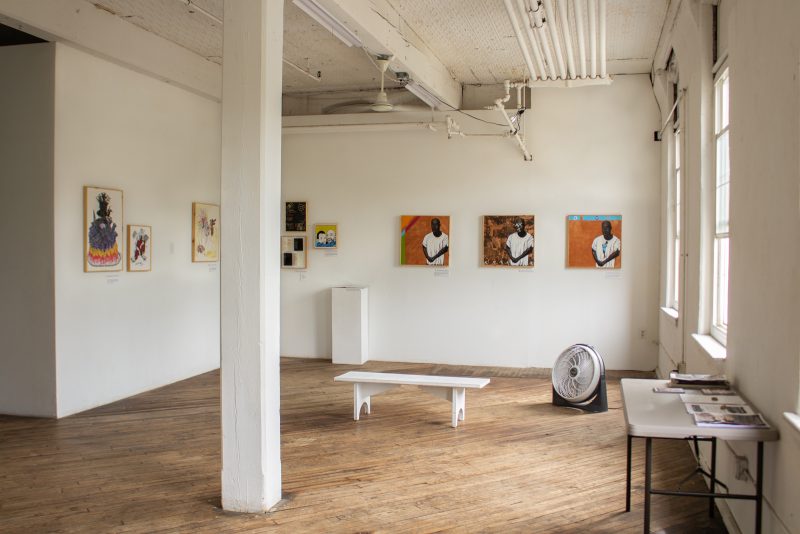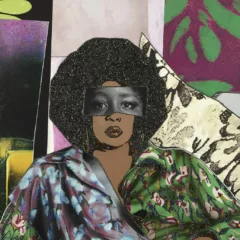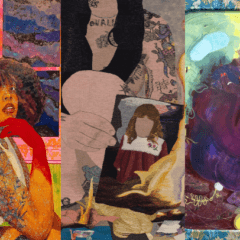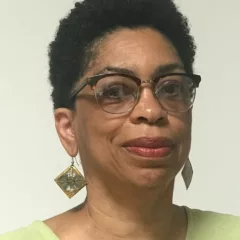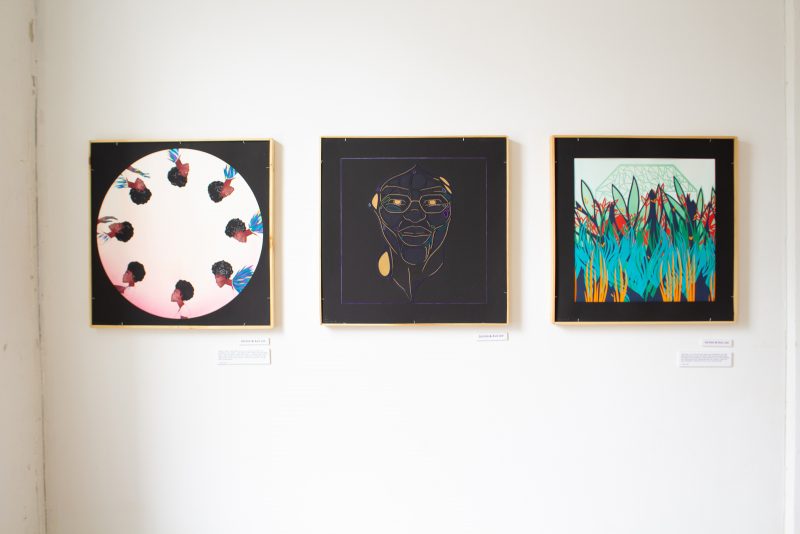
While art and politics have had a troublesome history together, there is often beauty found in the results when the two seemingly disparate concepts merge. How Are We Free?, as the curators known as the LifeLines Project describe it, “explores the nature of freedom and confinement through creative collaboration between people who have been sentenced to die in prison and visual artists outside the prison walls.” Through portraiture, collage, and abstract mixed media presentations, the exhibit projects powerful statements against systemic oppression from the artists, curators, and those serving excessive, lengthy sentences.
The LifeLines Project began in 2014 in support of an emerging campaign to end what they call “Death By Incarceration”–life without parole–in Pennsylvania. With Layne Mullett and Emily Abendroth doing anti-prison organizing work on the outside for many years, and Avis Lee, Terri Harper, Dawud Lee, Phill Rosado, Clinton Walker, Charles Boyd, and Mechie Scott–all serving Death By Incarceration sentences in PA–organizing and manifesting other projects from the inside, LifeLines would emerge as more than just an art collective, but as a part of a larger movement where the prison industrial complex is eradicated.
On the group’s formation, Layne says, “We wanted a way to reach people who aren’t necessarily connected to the issue or thinking about prison issues, but who might be mobilized to act if they actually got a sense of the real people who are condemned to spending the rest of their lives in a cage. We want people who see the exhibit to actually connect with LifeLines members, and to have some glimmer not just of the injustices of incarceration, but of how much stronger and better our communities would be if these folks were at home in their communities rather than locked away behind concrete and razor wire.”
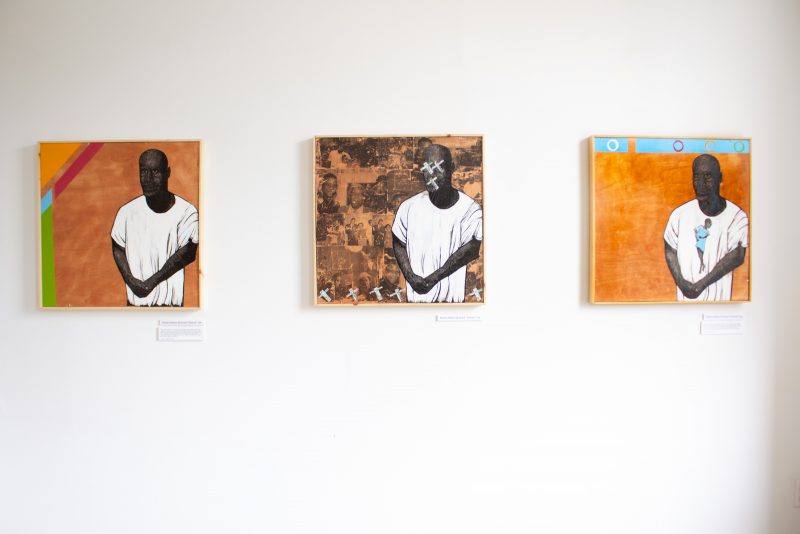
The exhibit features prints by Matice Moore in collaboration with Dawud Lee that are decorated with “X’d” out images of black men emerging from a bronzed, paper mache-like collage of old photographs. The work vibrates with the harrowing prescience of a Rodney McMillian piece and the simmering, hopeless anger of a Rage Against the Machine video.
Avis Lee and artist Gb construct a clockwork illustration where Avis’s avatar represents an hour on the dial, showing the passage of time through Avis’s avatar growing plumes of needle-like feathers. “I see myself [in the work],” Avis says via the exhibit’s newsletter. “I see the metamorphosis that takes place in each of us as we make peace with our past and begin to open our hearts to healing and forgiveness for others and ourselves.”
Makeba Rainey relies on the patented, elegant portraiture that dominates the bulk of their work, displaying Charles Boyd in a bold, pop-art light. There’s a dreaminess to Boyd’s image here that stands out, projected regally from a background of affected wallpaper and bits of collage. The work, as do most of the pieces in How Are We Free?, show the incarcerated subjects as human beings–in 2019, that’s a powerful statement, one that the collective envisions will continue inspiring viewers, participants and curators.
Lifelines Project’s Mullett offers: “Art has the ability to connect people across space and time, and across vastly different life experiences. Visual economies and regimes of power have been massively employed by the state and the media in order to criminalize people. We are trying to use this exhibit to interrupt those regimes and instead invite viewers to both see the world that exists in a new light and imagine a different world altogether.”
“How Are We Free?” organized by Layne Mullett and Emily Abendroth of “LifeLines: Voices Against the Other Death Penalty,” Vox Populi, September 6, 2019 – Sunday, October 13, 2019. More on the Lifelines Project here. Digital exhibit here.
